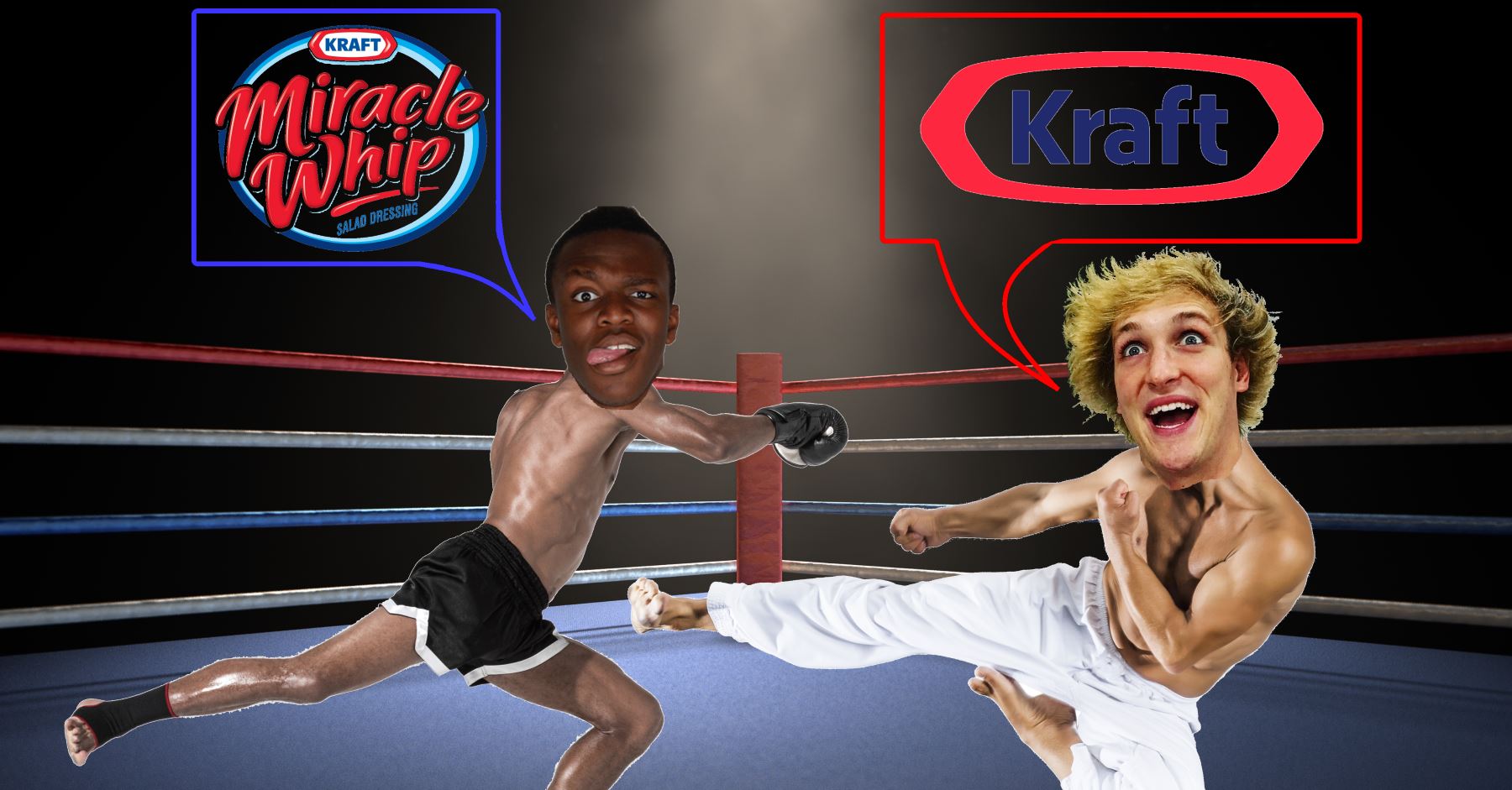To draw from the wisdom of Abercombie and Fitch CEO Mike Jeffries,
“Those companies that are in trouble are trying to target everybody… But then you become totally vanilla. You don’t alienate anybody, but you don’t excite anybody, either.”
As the CEO of a company that went from irrelevant to pulling in $2 B in annual sales at its peak – the same company that navigated multiple lawsuits related to discrimination – Jeffries knows a thing or two about both alienating and exciting people.
But the truth is that it isn’t even necessary to violate the moral sensibilities of the general public to become divisive or polarizing in your brand. In 2011, Kraft realized that people get quite heated over their sandwich condiments. Some people really like miracle whip. Others will straight up fight you for putting it in a Po’boy. Aware of these divisions, Kraft launched an ad campaign with polarizing reality TV stars to promote and capitalize off of the polarized opinions surrounding Miracle Whip, a strategy that provided a 631% surge in social media posting and 14% increase in sales.
Miracle Whip made bank by owning the fact that its product is polarizing. The marketing campaign brought attention to its divisive nature and, in the process, inspired deeper brand loyalty among motivated buyers.
How Your Content Marketing Should Capitalize
Most content marketing and blogs are boring and predictable. Heck, some of our stuff isn’t exactly emotion-packed, either. It can be risky to take a stand and potentially push away some readers.

Just wait til you see how much these two names fire up your readers.
But when you take a stand that ruffles feathers, you center the conversation around people who care enough to have an opinion. You can accomplish this by being provocative and bold, or you can simply embrace that what you offer isn’t going to be for everyone. Content marketing efforts, especially company blogs, traditionally strive to avoid polarizing statements in the interest of avoiding risk, but the unanticipated loss here is a statement that’s bland and unmemorable.
You have an opinion. In fact, I guarantee you that if I came up to you at a networking event and asked for your honest opinion about some industry-related controversy, you’d have no problem telling me exactly what you think. Yet, when you blog, are you pulling your punches? Why? Have you lost your passion?
Moderately pleasing people who never had any interest in buying your product or service isn’t exactly a winning strategy. Cementing a connection with your core demographic on a stirring emotional level is the real aim of any kind of marketing campaign. In order to make that connection, you have to take some risks.
The Fight Rages On
The Logan KSI fight is scheduled for conclusion in a rematch while the world waits with bated breath (and slight amusement). Commenting on the success of the event, the fight’s promoter noted in a statement to Polygon that “fans just want to see YouTubers — and want to see them do anything.” And he’s right. Influencers aren’t going anywhere. Neither is the provocative and controversial branding of New Media personalities. The take-home message for campaign visibility is simple.
Be provocative. Be bold. If you want to be heard, make a statement and ditch the boring blogs.



